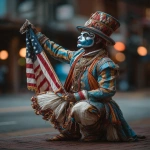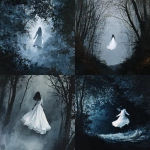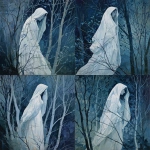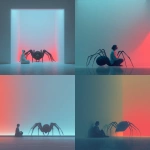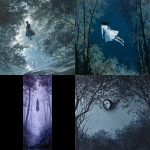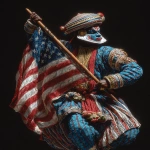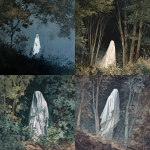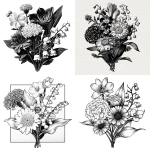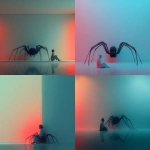Explore the Best AI Image Gallery
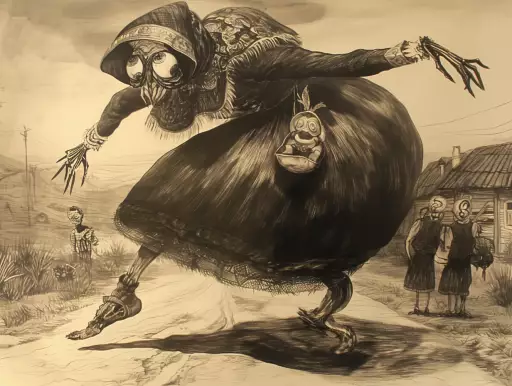
Pixels & Perception: AI-Generated Images Reshape the Art World
The art world, long defined by human creativity and expression, is experiencing a seismic shift. At the heart of this transformation lies AI-generated imagery, a burgeoning technology that is blurring the lines between artist and machine. This new frontier presents both exciting possibilities and profound ethical questions, forcing us to re-examine the very nature of art creation.
A Canvas Painted by Code
AI image generators, powered by complex algorithms and vast datasets of existing images, can produce stunningly realistic and imaginative visuals at an unprecedented speed. Tools like DALL-E 2, Stable Diffusion, and Midjourney allow users to input text prompts, transforming words into captivating artwork. From hyperrealistic portraits to abstract landscapes, the potential applications are boundless.
The Artistic Impact: A Symphony of Possibilities
- New Creative Medium: AI offers artists a novel tool to explore uncharted artistic territories, pushing the boundaries of imagination and expression. It can be used as a collaborative partner, assisting in brainstorming ideas or generating initial sketches that artists can then refine.
- Democratization of Art: The accessibility of AI-powered tools empowers individuals with limited artistic skills to create compelling visuals, democratizing the creative process and fostering a more inclusive art scene.
- Efficiency and Scale: AI can expedite the creation process, allowing artists to generate multiple variations or iterations of an artwork quickly. This can be particularly beneficial for commercial projects requiring large volumes of visual content.
The Ethical Labyrinth: Navigating Uncharted Territory
While AI-generated images hold immense promise, their emergence also raises significant ethical concerns:
- Copyright and Ownership: The question of who owns the copyright to AI-generated artwork—the user who provides the prompt or the AI developer—remains a complex legal gray area.
- Bias and Representation: AI algorithms are trained on existing datasets, which can perpetuate societal biases and stereotypes. Its crucial to ensure that AI-generated images reflect diverse perspectives and avoid reinforcing harmful representations.
- Authenticity and Deception: The ability to create hyperrealistic images raises concerns about the potential for misuse, such as generating fake news or deepfakes for malicious purposes.
The Future Canvas: A Collaborative Tapestry
Looking ahead, the relationship between AI and art will likely evolve into a dynamic partnership. We can anticipate:
- AI as a Creative Assistant: Artists will increasingly leverage AI as a powerful tool to enhance their creative workflows, generating ideas, refining concepts, and exploring new artistic styles.
- Hybrid Art Forms: The lines between traditional art mediums and digital creations will continue to blur, giving rise to innovative hybrid art forms that blend the physical and virtual realms.
- Ethical Frameworks and Regulations: As AI technology advances, its imperative to establish ethical guidelines and regulations for its use in the art world, ensuring responsible development and deployment.
The emergence of AI-generated images marks a pivotal moment in the history of art. While navigating the ethical complexities that accompany this technological revolution, we stand on the precipice of a new creative era where human imagination and artificial intelligence converge to shape the artistic landscape of tomorrow.
](https://images.ai-img.art/thumbnails/150/883252ab14abf449fba143e8d015b52b6505022ee5604f20e930fea350435cff.webp)
](https://images.ai-img.art/thumbnails/150/ad3cb3100f90e6de3389b2120c30dfebc1ecb4df72654cc0054142252adad55e.webp)
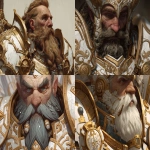

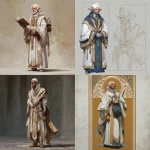


](https://images.ai-img.art/thumbnails/150/b479c71b9ce8c42d36eb158c561ae1646c708454c4ba90e72fd68296c6f57a52.webp)
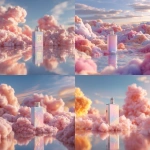
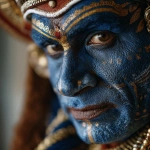
](https://images.ai-img.art/thumbnails/150/40f5616ec109375a4883745aaff6fff89d478c5edd1780ba62f32268b6f0e47a.webp)
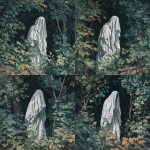
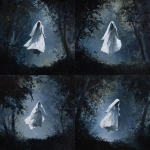
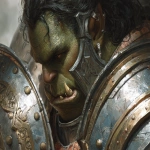
](https://images.ai-img.art/thumbnails/150/0b4c2ca8fd3b2962df2206ca8810fdae99efcdfc1a9b8aa68a113d256347af4f.webp)
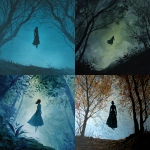

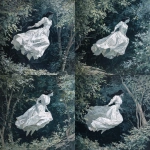
](https://images.ai-img.art/thumbnails/150/96a508d95e7379269fe047fb05a8b984468c71039b86d4b2081b6b4eebed1b65.webp)
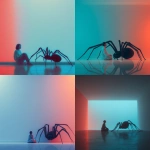
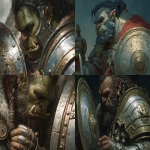
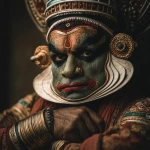
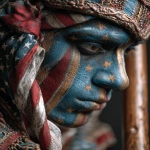

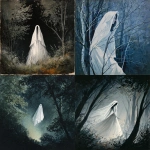
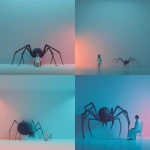
](https://images.ai-img.art/thumbnails/150/3dfec1f7632cb4fdab02c2b2738cd475c9ad3d3e5a44e189365504a6896257e5.webp)
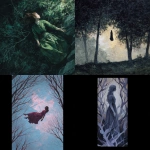
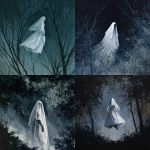
](https://images.ai-img.art/thumbnails/150/cc041db2ba44df3a2e110a04455c0fdf49948bd67b77c022669df3888598468a.webp)
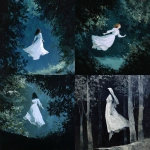

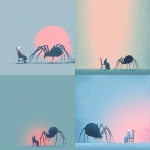
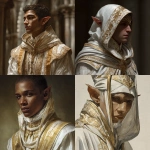
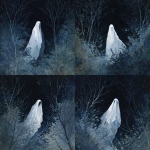
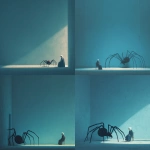
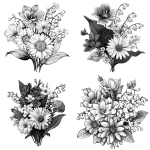
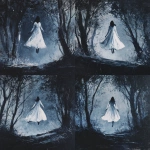
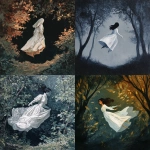
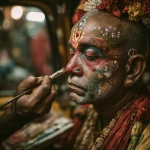
](https://images.ai-img.art/thumbnails/150/22a89c3014358777d6ad4d354d18a54c5f6f12afba558ff75c91b8eb4053130a.webp)
